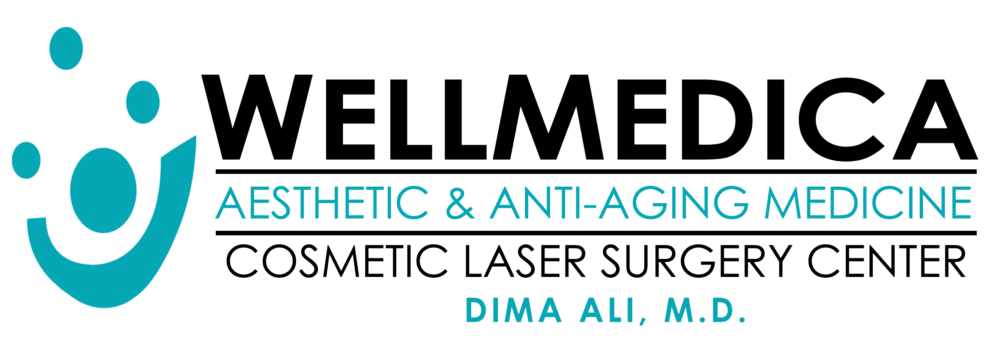Rosacea
WellMedica at Reston Virginia, is the #1 trusted practice in the area that provides the best treatment plan to control your Rosacea
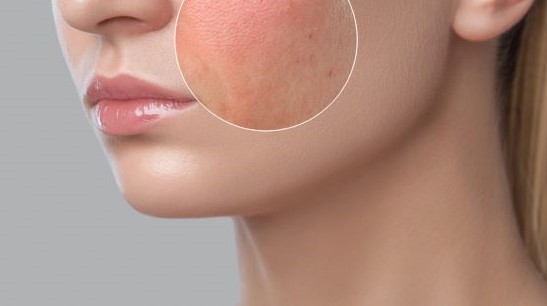
WHAT IS ROSACEA?
Does your face look like you are always blushing and maybe feel like you have bumps that look like acne? If you answered yes, then you might have Rosacea! Rosacea is a skin condition causing red patches and visible blood vessels on the face, common in males and females between 35 – 50 years.
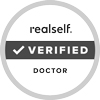
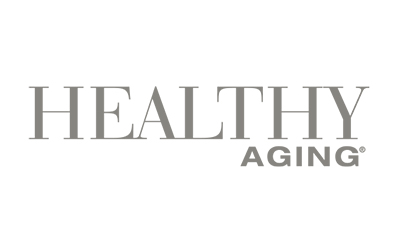

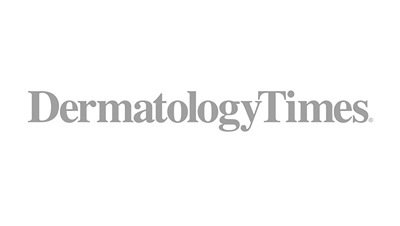

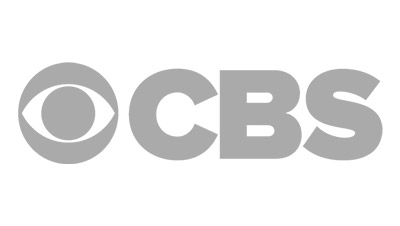
WHAT IS ROSACEA?
Does your face look like you are always blushing and maybe feel like you have bumps that look like acne? If you answered yes, then you might have Rosacea! Rosacea is a skin condition causing red patches and visible blood vessels on the face, common in males and females between 35 – 50 years.
WHAT CAUSES ROSACEA?
The exact cause of Rosacea is unknown. However, researchers and doctors believe that it is a mix of genetic, environmental factors, lifestyle, and anything that can dilate your blood vessels. These can include alcohol consumption, extreme temperature (cold or hot), spicy food, hot beverages, and emotional stress.
WHAT ARE THE DIFFERENT TYPES OF ROSACEA?
There are four main forms of Rosacea that are most likely to occur on the face, head, and neck.
Erythematotelangiectatic Rosacea
Erythematotelangiectatic rosacea is the most familiar type of Rosacea , also referred to simply as ETR. In the early stages, ETR can present with mild, occasional redness or visible dilated blood vessels every now and then. However, as the condition progresses without proper treatment, this might result in more frequent flare-ups that last longer and affect more skin areas.
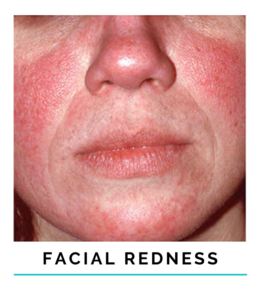
Papulopustular (Acne) Rosacea
Papulopustular rosacea, also referred to as acne rosacea causes facial redness and visible spider veins but is accompanied by acne-like breakouts. These acne-like breakouts are often very large and painful blemishes called papules and pustules that develop deep into the skin. Like all types of rosacea, these blemishes develop mostly in the center of the face, but breakouts may develop on the scalp and neck. In very severe, untreated cases, the chest, and shoulders may also be impacted. If untreated promptly, individuals may experience extremely oily and/or dry patches of skin that may become thick and scaly, turning into hard, rough patches called plaques.
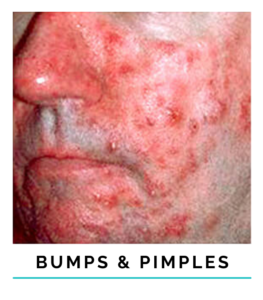
Phymatous Rosacea
Phymatous rosacea, just like papulopustular rosacea, can initially start with the thickening of the skin that may begin as small areas with plaques. And as the condition progresses untreated, the skin can become bumpy and protrude, resembling scar tissue. In men, a condition called rhinophyma can develop, impacting the nose due to a buildup of skin. This type of rosacea also causes the redness and visible blood vessels familiar in other types of rosacea in addition to visibly enlarged pore size.
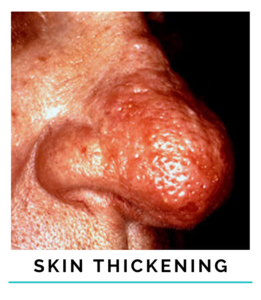
Ocular Rosacea
Ocular rosacea impacts the inside of the eyes, the eyelids, and the skin around the eyes, creating bumps. Common complaints are watery, burning, irritated, red eyes. In severe cases, this can even result in blurred vision and photosensitivity.
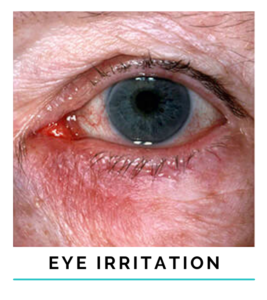
TIPS FOR REDUCING ROSACEA FLARES
- Practice good sun protection- Apply daily sunscreen SPF 30 or higher, and remember to reapply at least every 2- 3 hours, especially if you are sweating or going in the water.
- Reduce or avoid spicy food, hot drinks, caffeine, and alcoholic beverages if possible.
- Use mild and gentle skincare products.
- Avoid extreme temperatures, hot or cold.
- For persistent redness and visible blood vessels, consider laser therapy.
- Use mineral line makeup.
ROSACEA TREATMENT
Rosacea treatment focuses mainly on controlling the signs and symptoms. Depending on the type and severity of symptoms, the duration of the treatment varies.
- Medications- Both oral and topical medication might be recommended in mild to moderate cases.
- Laser Therapy- This is recommended when you have enlarged visible blood vessels keeping in mind that the full effect of the treatment might be visible after a few treatments. Repeat treatments are needed periodically to maintain the improved appearance.
- Lifestyle and home remedies-
- Practice good sun protection- Apply daily sunscreen SPF 30 or higher, and remember to reapply at least every 2- 3 hours especially if you are sweating or going in the water.
- Reduce or avoid spicy food, hot drinks, caffeine, and alcoholic beverages if possible.
- Use mild and gentle skincare products.
- Avoid extreme temperatures, hot or cold.
- For persistent redness and visible blood vessels, consider laser therapy.
- Use mineral line makeup.
Table Of Contents
WHAT IS ROSACEA?
────────
WHAT CAUSES ROSACEA?
────────
WHAT ARE THE DIFFERENT TYPES OF ROSACEA?
────────
ROSACEA TREATMENT
────────
CONTACT US
Office Hours
|
MONDAY |
9:00 AM – 5:00 PM |
|
TUESDAY |
9:00 AM – 5:00 PM |
|
WEDNESDAY |
9:00 AM – 5:00 PM |
|
THURSDAY |
9:00 AM – 5:00 PM
|
|
FRIDAY |
9:00 AM – 3:00 PM |
PRIVACY POLICY | CANCELLATION | POLICY GLOSSARY
© Copyright 2023 Wellmedica All Right Reserved Board Certified Cosmetic Laser Surgery and Anti-Aging Medicine – Reston, VA
